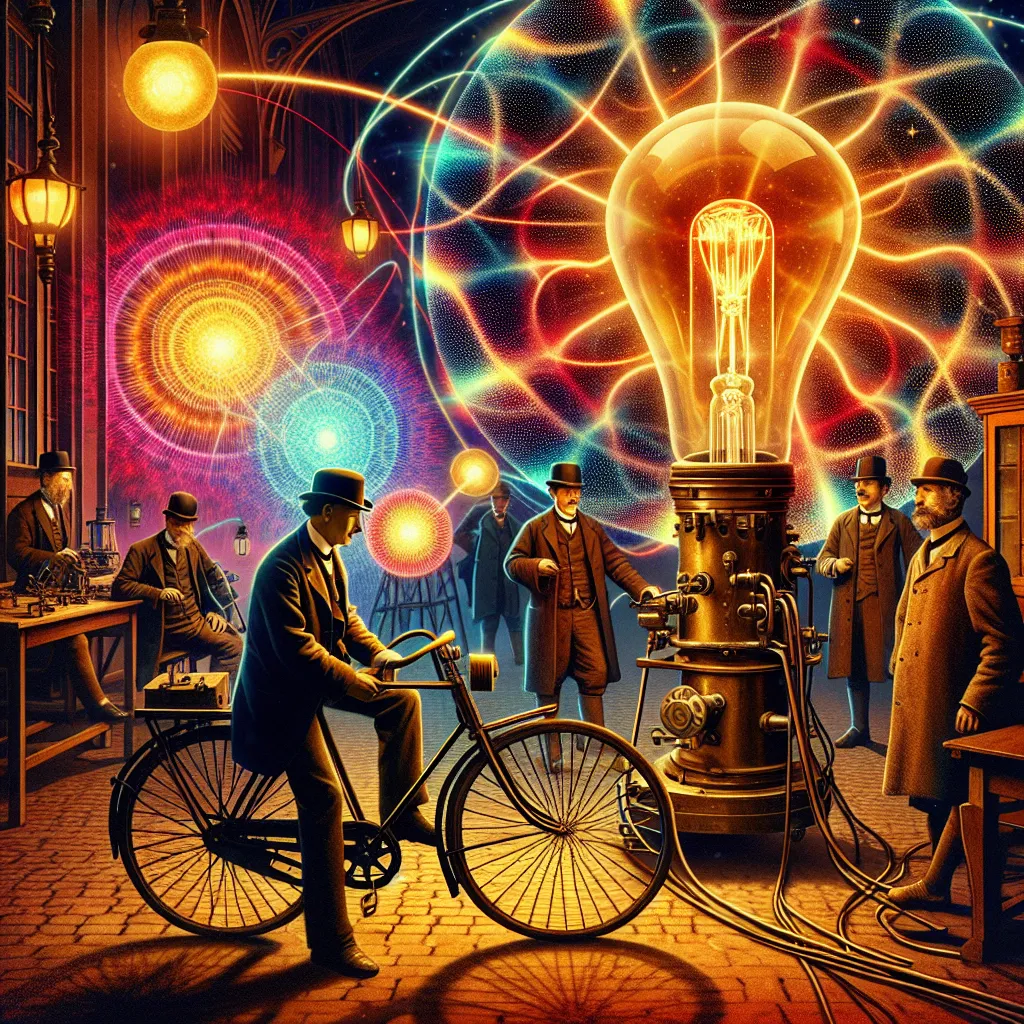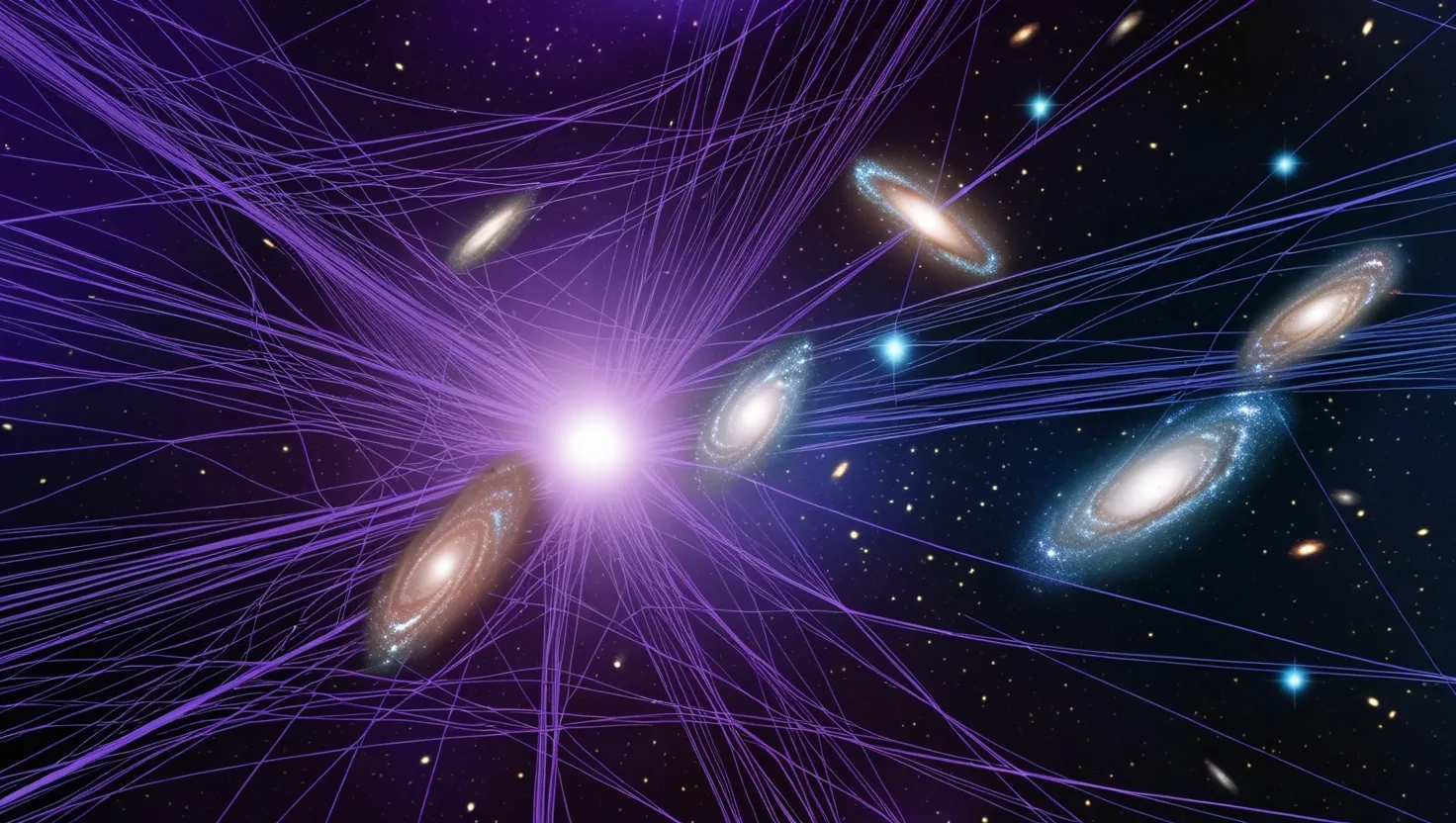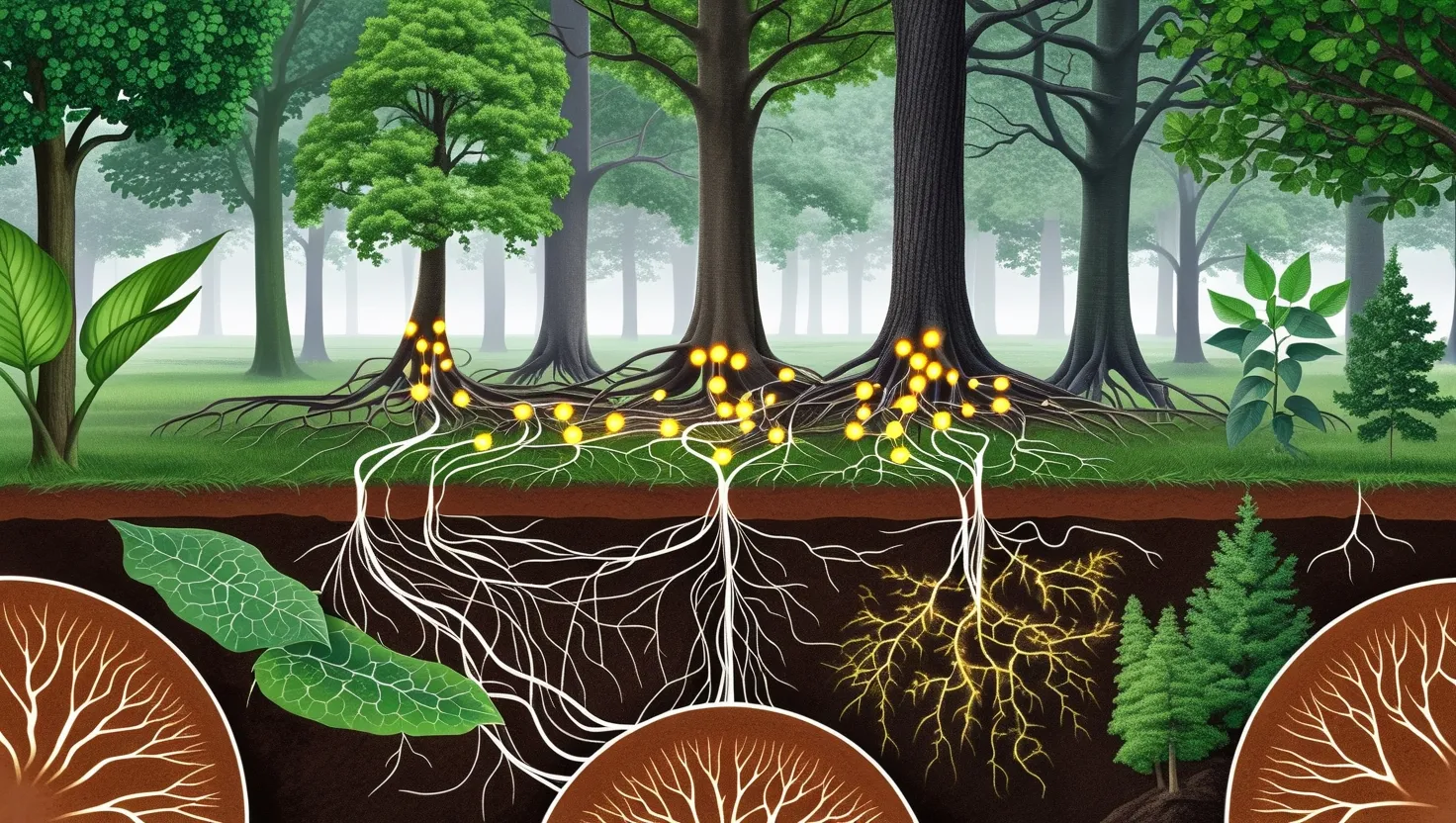It felt like stepping into another world, one where the usual rules just didn’t apply. The energy was palpable, electric, almost musical in its intensity. This wasn’t a rally or a mere protest; it was a full-blown rebellion. We were here to make demands, to push boundaries, and to shake things up.
A farmer spoke, shedding light on how climate change had jeopardized his livelihood. His 15-acre farm, once thriving, now stood as a testament to the havoc wreaked by extreme weather events. Fear of polytunnels being destroyed in storms loomed large, echoing a grim reality where farming no longer felt safe or sustainable. This was a microcosm of a larger, more frightening picture: if farmers give up, societies edge closer to starvation.
Passion for societal change wasn’t a new thing for many of us. Some came from scientific backgrounds, others from NGOs, all united by a drive to make the world a better place. Roger and Gail had kickstarted this in 2016 with Rising Up and its successor, Extinction Rebellion (XR). It felt like being part of something ancient yet new, a modern chapter of an age-old battle for land sovereignty and nature rights.
This sense of history combined with urgency propelled us. At Café Connect, the birthplace of XR, our conversations overflowed with hope and frustration. The plan was ambitious: block roads, disrupt the status quo, and compel the government to address the climate emergency with concrete action, like reducing carbon emissions and instituting a National Assembly.
Meetings buzzed with strategic excitement. Four working groups were setting the stage on both national and local levels. We were reaching out, organizing, mobilizing. Phone lists grew; we phoned thousands, encouraging everyone to be part of the April rebellion.
We spoke about our demands, debated tactics, and rehearsed non-violent resistance. One recurring theme was our relationship with the police. Many of us struggled with seeing them as adversaries, but also recognized their humanity. We attempted dialogues, sought mutual understanding, and maintained our commitment to peaceful protest.
Voices of the young steered much of the energy. XR Youth was a fresh, vibrant network facing the fight head-on. For these young activists, this wasn’t just an issue; it was their future at stake. With Felix, a passionate 14-year-old, making impassioned pleas, the urgency echoed louder. Adults’ complacency had lasting impacts, and the youth couldn’t and wouldn’t stand by idly.
The preparations were massive, involving logistics down to the smallest details—blocking routes, creating symbolic garden bridges, and most crucially, staying non-violent. We discussed our steps, our roles, and our readiness to face arrests if need be.
The rebellion was shaping up to be a massive act of civil disobedience. London was our epicenter, but the tremors were global. As the date neared, nerves and optimism collided. We’d done our homework, and the climax awaited.
Churches opened their doors, and homes became shelters for incoming rebels. We prepared for the garden bridge at Waterloo, the symbolic lorry at Marble Arch, and the boat blocking Oxford Circus. Legal briefings, stewards’ training, and the final stretches of organization kept us buzzing.
On that fateful day, as Rowan Williams, former Archbishop of Canterbury, led us in meditation, the mission felt blessed and solemn. It felt like we stood on sacred ground, heirs to a long legacy of peaceful resistance.
Some struggled with the gravity of what we faced—climate collapse wasn’t some abstract possibility; it was a looming reality. Every detail, every person, every plant brought to the bridge symbolized life and the fight to preserve it.
Despite the risks, the rebellion kicked off with a promise—to tell the truth, act now, and go beyond politics. As the streets filled with determined faces, the modern world’s noise receded. Extinction Rebellion wasn’t just a protest; it was a plea, a warning, and most of all, a hope that we could save our future, one act of defiance at a time.






